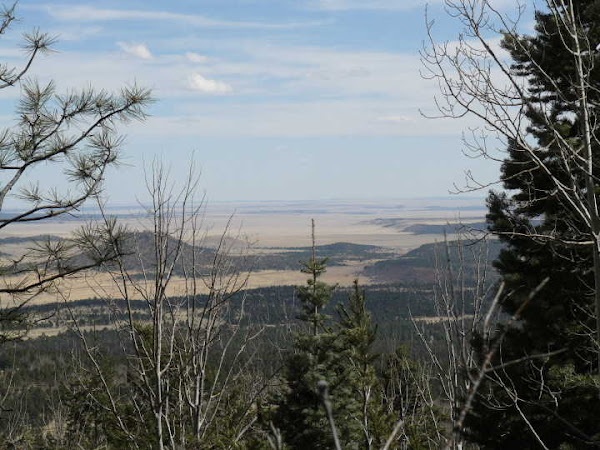Saturday, August 20, 2011
Revisiting the Deep Water Horizon Oil Spill--New York Times
EXCERPT:
"Q. When you read the news reports last past week from Japan, what were your feelings?
A. It’s odd that you would ask me this — I’ve been thinking about it. No one can prevent earthquakes. That’s up to Mother Nature.
However, building nuclear power plants on an island adjacent to an active tectonic zone is inherently dangerous. Likewise, deepwater drilling into gas-overcharged sediments is dangerous. For me, both of these disasters are a very loud plea for green energy."
By CLAUDIA DREIFUS
March 21, 2011
Until a year ago, the marine scientist Samantha Joye studied a fairly obscure natural phenomenon: the seepage of oil from undersea deposits into deepwater environments. Then, in the wake of the BP Deepwater Horizon accident, she felt compelled to turn her attention to an unnatural phenomenon: oil spills.
It was her research group that went into the Gulf of Mexico immediately after the spill, in April 2010, and found those famous plumes of oil and natural gas. Now Dr. Joye, 45, of the University of Georgia, directs a team seeking to understand the long-term effects on the chemistry and creatures of the gulf.
We spoke for two hours last month in Washington, where she lectured at the annual meeting of the American Association for the Advancement of Science, and then again on the telephone last week. An edited version of the two conversations follows:...continued.....
"Q. When you read the news reports last past week from Japan, what were your feelings?
A. It’s odd that you would ask me this — I’ve been thinking about it. No one can prevent earthquakes. That’s up to Mother Nature.
However, building nuclear power plants on an island adjacent to an active tectonic zone is inherently dangerous. Likewise, deepwater drilling into gas-overcharged sediments is dangerous. For me, both of these disasters are a very loud plea for green energy."
By CLAUDIA DREIFUS
March 21, 2011
Until a year ago, the marine scientist Samantha Joye studied a fairly obscure natural phenomenon: the seepage of oil from undersea deposits into deepwater environments. Then, in the wake of the BP Deepwater Horizon accident, she felt compelled to turn her attention to an unnatural phenomenon: oil spills.
It was her research group that went into the Gulf of Mexico immediately after the spill, in April 2010, and found those famous plumes of oil and natural gas. Now Dr. Joye, 45, of the University of Georgia, directs a team seeking to understand the long-term effects on the chemistry and creatures of the gulf.
We spoke for two hours last month in Washington, where she lectured at the annual meeting of the American Association for the Advancement of Science, and then again on the telephone last week. An edited version of the two conversations follows:...continued.....











